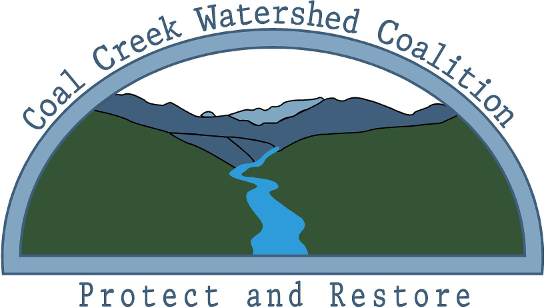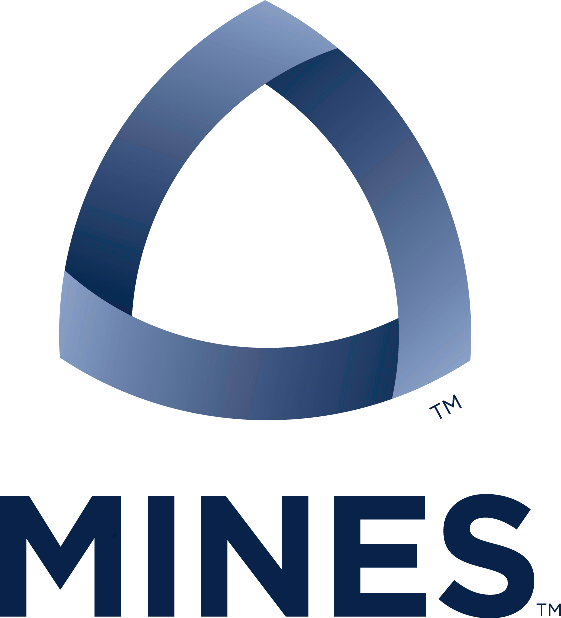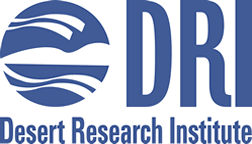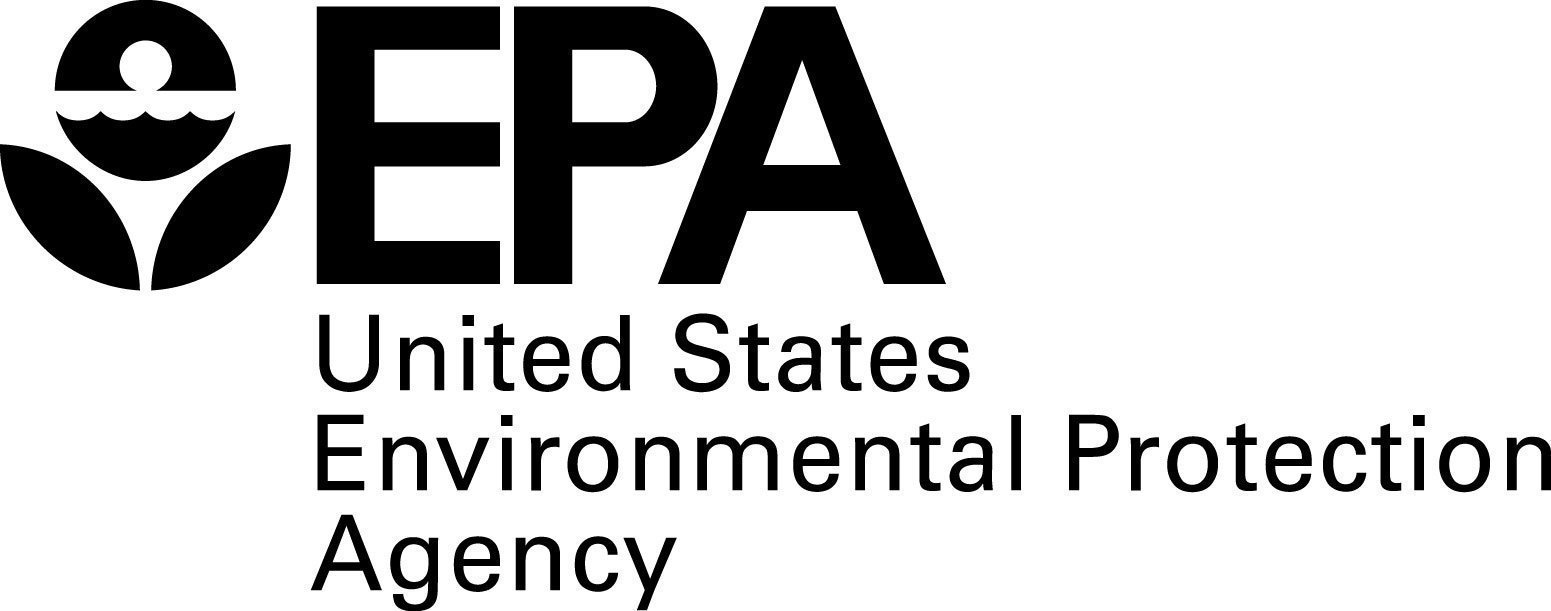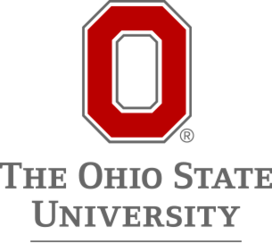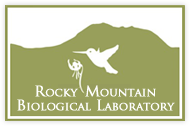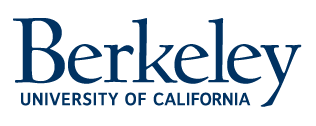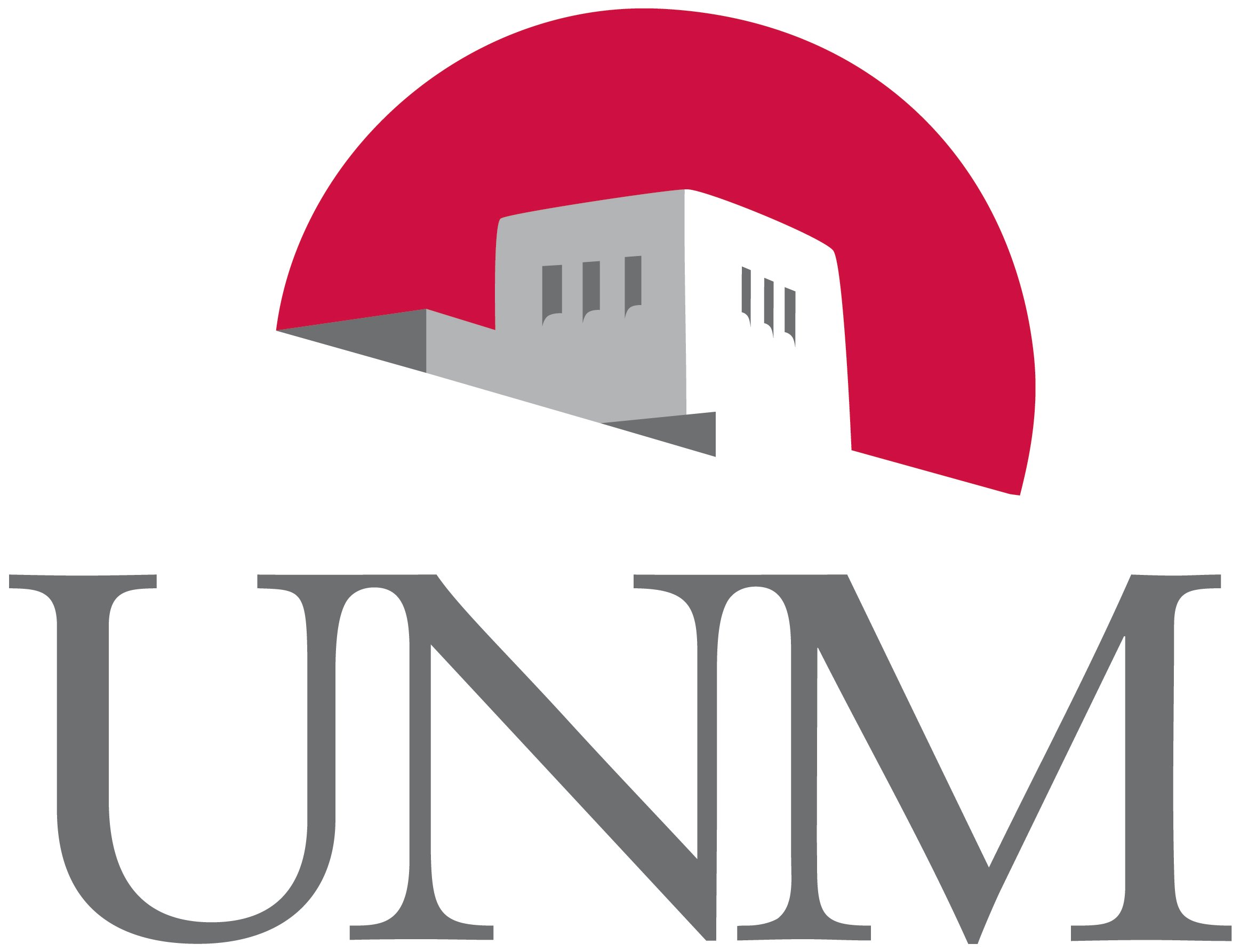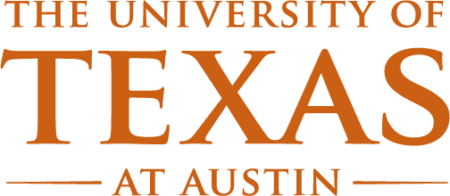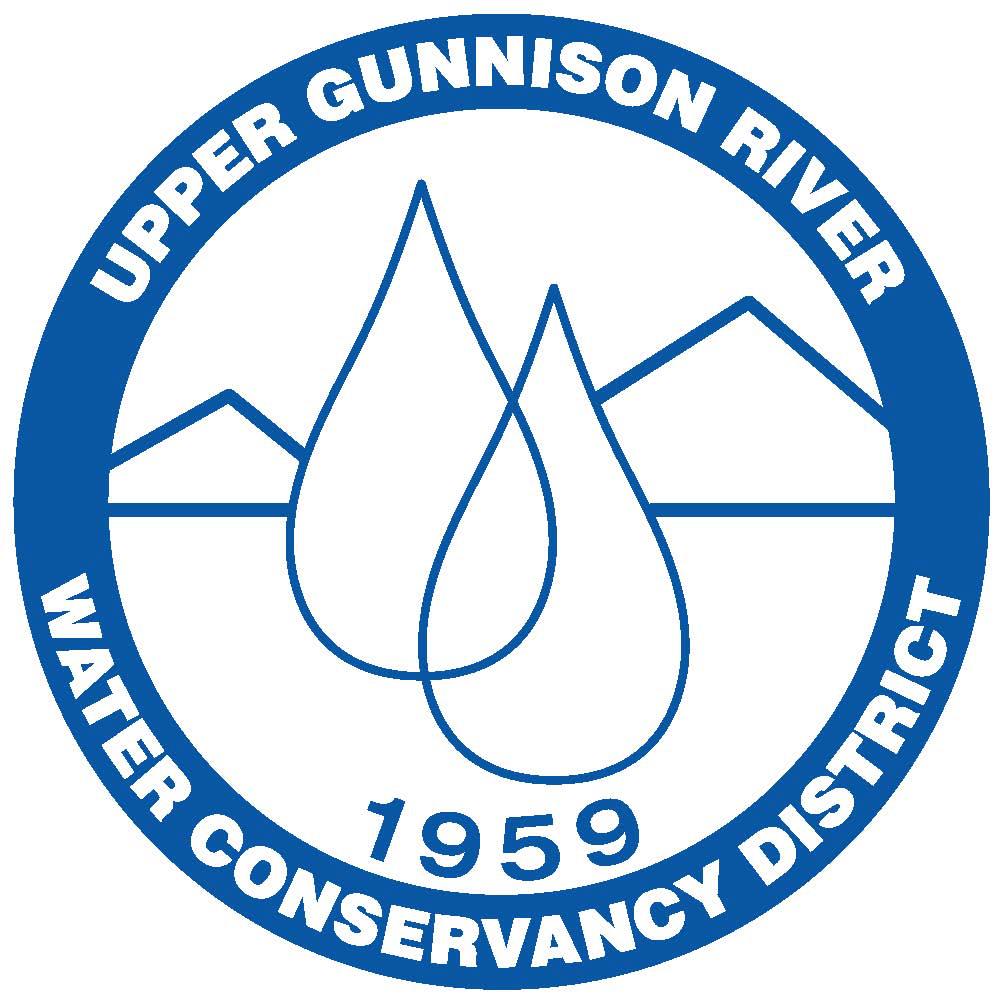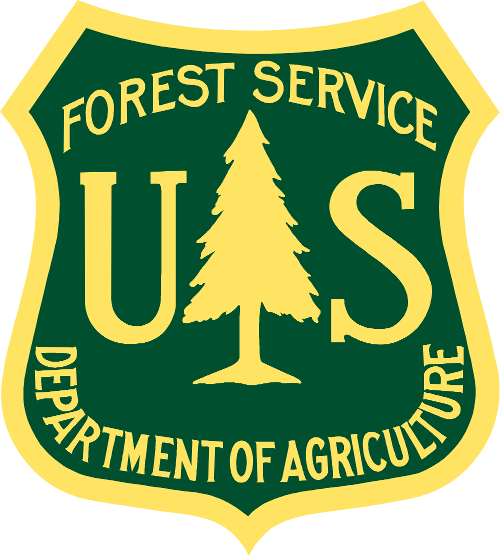The Watershed Function SFA welcomes collaboration at the East River Community Observatory. Currently, the Community Watershed serves to aggregate the research activities of a diverse collection of institutions including 3 National Laboratories, 4 Federal Agencies, 22 Universities, 5 state and local stakeholder groups, and 9 small businesses. Rocky Mountain Biological Lab (RMBL) serves as a critical base of operations and a key enabler of research activities for the SFA and its partners.
Some examples of these collaborations or partnerships are listed below. If you are interested in collaborating or partnering, please contact us.
Scientific Collaborators:
- Dr. John Bargar (SLAC) is principal investigator of a DOE-SBR Scientific Focus Area titled “Coupled cycling of organic matter, uranium, and biogeochemical critical elements in subsurface systems.”
- Dr. Max Berkelhammer (Univ. Illinois, Chicago) is the principal investigator of a National Science Foundation project titled “Rocky Mountain Ecohydrology During the Eemian Interglacial.”
- Dr. Martin Briggs (USGS) is principal investigator of a DOE-SBR project titled “A last line of defense: understanding unique coupled abiotic/biotic processes at upwelling groundwater interfaces.”
- Dr. Rosemary Carroll (DRI) is principal investigator of a USGS National Institutes for Water Resources (NIWR) project titled “Controls on Hydrologic Partitioning, Residence Time and Solute Export from a Snow-Dominated Watershed.” Dr. Carroll is also a funded co-investigator on the Watershed Function SFA.
- Drs. Frederick Colwell and Laura Lapham (Oregon State Univ.) are the principal investigators a DOE-SBR project titled “Quantifying Subsurface Biogeochemical Variability in a High Altitude Watershed During Winter Isolation.”
- Dr. Brian Enquist (Univ. Arizona) is the principal investigator of two National Science Foundation projects entitled “Experimental Macroecology” and “Scaling plant life-history, ontogeny, diversity, and ecology.” Dr. Enquist is also a funded co-investigator on the Watershed Function SFA.
- Dr. Scott Fendorf (Stanford Univ.) is principal investigator of a DOE-SBR project titled “Metabolic constraints of organic matter mineralization and metal cycling during flood plain evolution.”
- Dr. Ruby Ghosh (OptiO2) is principal investigator of a DOE-SBIR project titled “Dissolved oxygen sensor system for real-time, in-situ subsurface monitoring: Geospatial mapping of DOE field sites.”
- Dr. Elliot Grunewald (Vista Clara, Inc.) is principal investigator of a DOE-SBIR project titled “Rapid scanning surface NMR for efficient land and airborne hydrogeologic mapping.”
- Dr. Li Li (Penn State Univ.) is principal investigator of a DOE-SBR project titled “Understanding ecohydrological controls of biogeochemical reactions and fluxes: Comparison of two contrasting watersheds.”
- Dr. Kate Maher (Stanford University) is the lead PI of a DOE-TES project titled “A Multiscale approach to modeling carbon and nitrogen cycling within a high elevation watershed” and of a DOE-SBR project titled “Development of a molecularly informed biogeochemical framework for reactive transport modeling of subsurface carbon inventories, transformations and fluxes.”
- Dr. Reed Maxwell (CO School of Mines) leads a DOE-SBR project titled “Diagnosing dominant controls on carbon exchanges across the canopy into the lower atmosphere.” In addition, he leads the Continental United States (CONUS) and East River watershed high-resolution model Use Cases for the DOE Interoperable Design of Extreme-scale Application Software (IDEAS) project and is a funded co-investigator on the Watershed Function SFA.
- Dr. David Moulton (LANL) is the DOE-BER lead covering Use Cases in DOE’s Interoperable Design of Extreme-scale Application Software (IDEAS) project.
- Dr. Peggy O’Day (UC Merced) is principal investigator of a DOE-SBR project titled “Experimental and modeling investigation of the impact of atmospherically deposited phosphorus on terrestrial soil nutrient and carbon cycling and ecosystem productivity.”
- Dr. Daniella Rempe (UT Austin) is principal investigator of a DOE-SBR project titled “The weathered bedrock vadose zone: A hidden control on water availability in the western United States.”
- Dr. Joel Rowland (LANL) is principal investigator of a DOE-BER Early Career Award titled “Incorporating the hydrological controls on carbon cycling in floodplain ecosystems into Earth System Models (ESMs).”
- Dr. Jennifer Rudgers (UNM) is principal investigator of a University of New Mexico Center for Evolutionary & Theoretical Immunology Pilot Project titled “How does climate change alter the activities of pathogens and symbionts to affect host health.”
- Dr. Jonathan (Josh) Sharp (CO School of Mines) is principal investigator of a DOE-SBR project titled ” Mechanistic and predictive understanding of needle litter decay in semi-arid mountain ecosystems experiencing unprecedented vegetation mortality.”
- Dr. Neslihan Tas (LBNL) is principal investigator for a Berkeley Lab Laboratory Directed Research and Development (LDRD) project titled “Assessing microbial functions at terrestrial-aquatic interfaces by metagenome-based metabolic flux analysis.”
- Dr. Roelof Versteeg (Subsurface Insights) is principal investigator of a DOE-SBIR project titled “Multiscale hydrogeologic-biogeochemical process monitoring and prediction framework.”
- Dr. David Walsh (Vista Clara, Inc.) is principal investigator of a DOE-SBIR project titled “Low cost autonomous NMR and multi-sensor soil monitoring instruments.”
- Dr. Richard Wanty (USGS) is principal investigator of a DOE-SBR project titled “Characterization of groundwater flow and associated geochemical fluxes in mineralized and unmineralized bedrock in the upper East River and adjacent watersheds, Colorado.”
- Dr. Michael Wilkins (Ohio State Univ.) is principal investigator of a DOE-SBR project titled ” Seasonal hydrologic controls on dynamic hyporheic zone redox biogeochemistry.”
Research Partners and Local Stakeholders:
- Dr. Ian Billick (Rocky Mountain Biological Laboratory) is the Executive Director of RMBL, which offers a rich history of research, as well as ongoing studies that create synergies with the LBNL SFA program. In addition to accumulated intellectual capital, RMBL offers a wide range of services, including access to private property, permits on federal property, research equipment, and logistical support.
- Mr. Richard Bush (DOE Legacy Management) informs and supports SFA research activities through cost sharing and leveraging activities tied to the broad network of DOE-LM field sites throughout the upper Colorado River Basin.
- Mr. James Eklund and Mr. Joe Busto (Colorado Water Conservation Board) serve as Director and Research Scientist, respectively, within the CWCB and provide cost sharing and direct financial support for observational datasets of critical importance to the SFA, including hydrometeorological data and airborne snow observatory data within the upper Gunnison River basin.
- Mr. Todd Fessenden (Mt. Crested Butte Water & Sanitation District) enables year round LBNL SFA research activities within the Mt. Crested Butte Water & Sanitation Pumphouse building and its immediate environs.
- Dr. John Harte (UC Berkeley) initiated and helps maintain the 26-year ecosystem ‘Warming Meadow’ experiment at RMBL designed to raises soil temperatures ~2°C, dry soil ~15%, and advance spring snowmelt by ~2-weeks in a subalpine meadow. Dr. Harte provides access to historical data and assists with experimental planning of relevance to the SFA project.
- Mr. Frank Kugel (Upper Gunnison River Water Conservancy District) facilitates engagement with the District regarding the SFA program and its relevance to water availability issues in the upper Gunnison River basin and faciliates cost-sharing on snow monitoring activities.
- Ms. Tara Tafi (Colorado Division of Reclamation, Mining and Safety): Reclamation Specialist who facilitates site access to the mine-impacted sites within the Coal Creek, Slate River, and Oh-Be-Joyful Creek drainages.
- Mr. Matt Vasquez and Mr. Ben South (USFS) facilitate permitting issues (including NEPA clearances) required for disruptive SFA research activities within the Grand Mesa, Uncompahgre, and Gunnison National Forests, including drilling, unmanned aerial vehicle permits, and flux tower deployments.
- Mr. Zach Vaughter and Ms. Ashley Bembenek (Coal Creek Watershed Coalition) provide access to current and historical water quality data for the metals-impacted Coal Creek and Slate River and broker access to private land and facilities owned by mining interests in the East River watershed.
